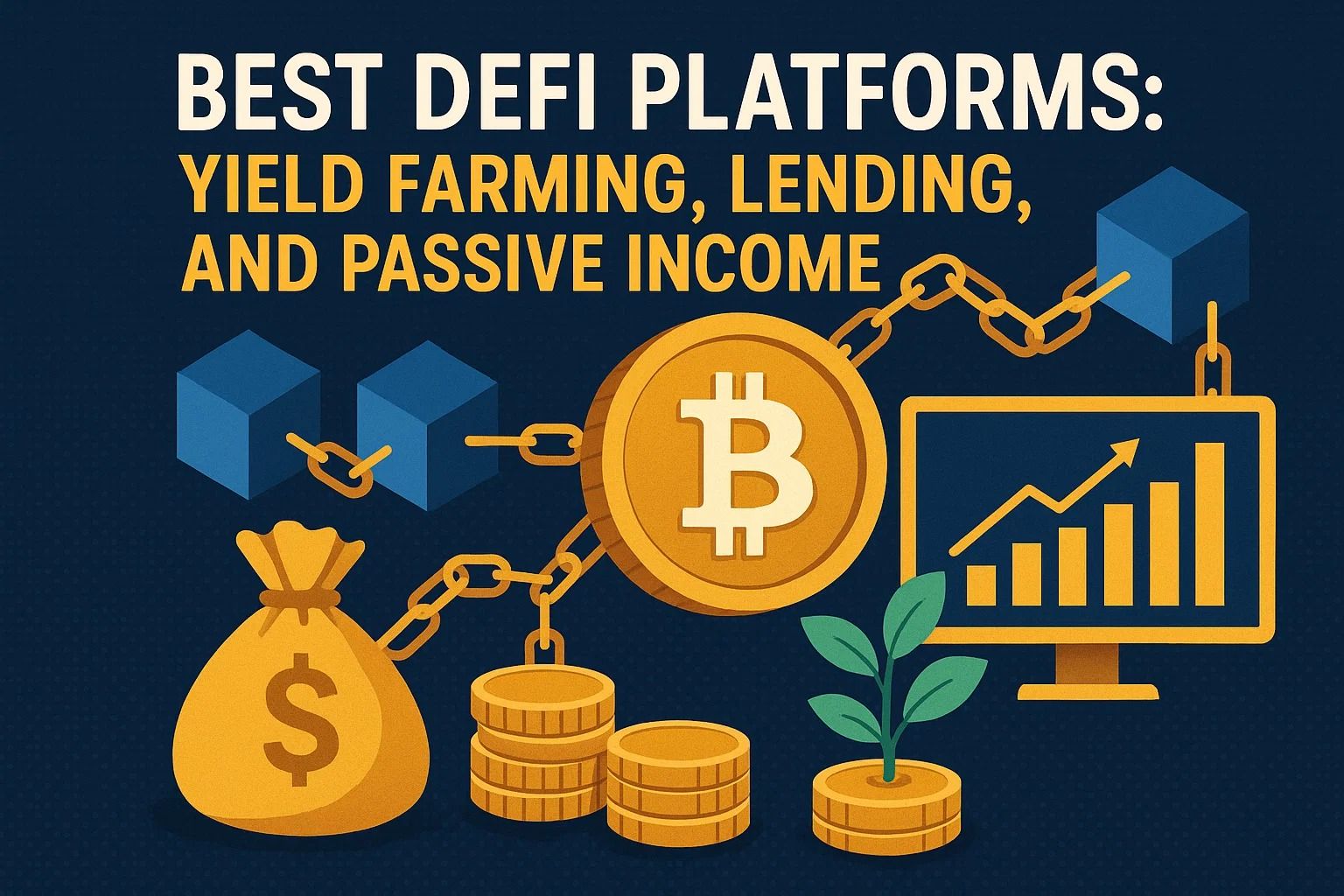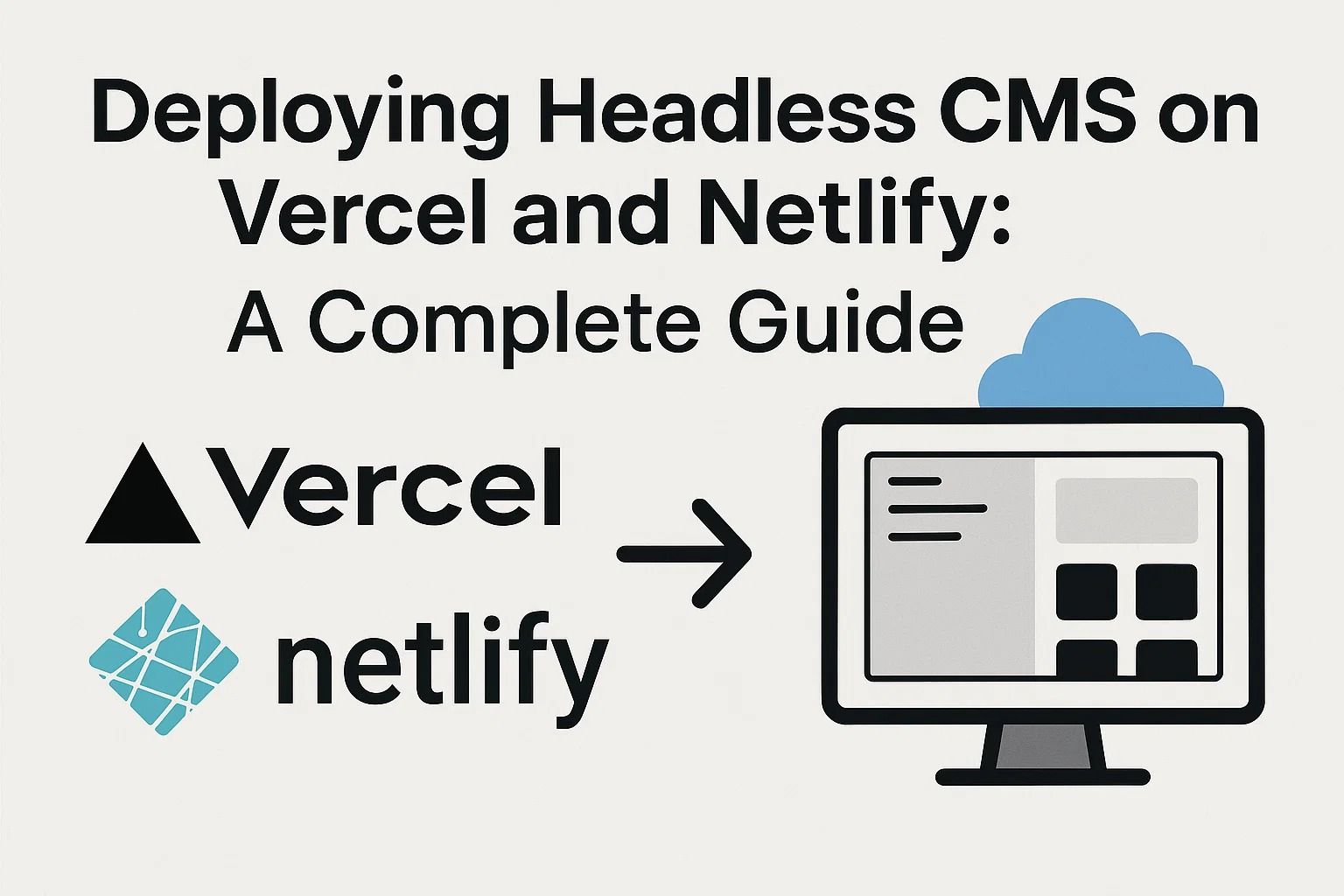
Earning Passive Income Using DeFi Tools Staking Token
Earning Passive Income Using DeFi Tools & Staking Tokens
Updated October 2025 — Decentralized finance (DeFi) offers multiple passive-income paths: staking, liquidity provision, yield farming, and on-chain lending. These tools can generate steady returns when used deliberately. They also carry unique technical and economic risks. This first part explains the core mechanisms, common strategies, and the immediate operational considerations every investor must know before allocating capital.
What “Passive Income” Means in DeFi
In DeFi, passive income is revenue earned with minimal ongoing active work after the initial setup. Common sources:
- Staking: Locking tokens to secure a proof-of-stake network or to participate in protocol governance and earning block rewards or fees.
- Liquidity provision (LP): Supplying token pairs to automated market makers (AMMs) and earning trading fees and incentives.
- Yield farming: Moving capital between protocols to chase higher annual percentage yields (APY) through incentives and rewards.
- On-chain lending: Supplying assets to lending protocols and receiving interest paid by borrowers.
Understanding these categories clarifies expected return types: fixed network rewards (staking), variable fees (LP), and incentive-driven yields (farming).
How Staking Works — Basics and Variants
Staking can be on-chain (native validator staking) or off-chain via liquid staking derivatives (LSDs). Key variants:
- Validator staking: Lock tokens directly with a node or validator. Rewards are protocol-native and tied to network inflation and fees.
- Delegated staking: Delegate tokens to a professional validator operator and share rewards after commissions.
- Liquid staking: Deposit tokens into a protocol that issues a tokenized receipt (e.g., stTOKEN). You keep liquidity while earning staking rewards.
Tradeoffs: direct staking maximizes protocol rewards and control but can require minimum balances, uptime management, and slashing risk. Liquid staking sacrifices a portion of yield for liquidity and composability.
Liquidity Provision and Impermanent Loss
Providing liquidity to AMMs (Uniswap, Curve, Balancer) earns a share of trading fees. Typical LP model: deposit pair A/B and receive LP tokens representing your share. You can stake LP tokens in farms to earn additional rewards.
Main risk: impermanent loss (IL). IL occurs when token price divergence makes holding the pair less profitable than simply holding tokens separately. IL is offset by trading fees and farm incentives. Strategies to manage IL:
- Prefer low-volatility pairs (stable/stable).
- Use providers with fee tiers that match volume patterns.
- Hedge exposure with options or rebalance into single-asset staking when volatility rises.
Yield Farming: Opportunity and Complexity
Yield farming layers incentives. A protocol may reward LP tokens or lenders with native tokens that can be re-staked. This boosts APY but compounds risks:
- Token inflation: High token rewards can dilute value unless demand absorbs supply.
- Smart contract risk: More composability means more attack surface. Each integrated contract increases systemic exposure.
- Harvest timing: Compounding frequency matters. Gas costs and slippage can nullify small yields.
Yield farming is effective for experienced allocators who model tokenomics and understand where incentives are sustainable vs. temporary bootstrap schemes.
Practical tip: Start small. Test a single strategy with capital you can afford to lock and expand only after observing real returns and behavior under market stress.
Risk Categories You Must Manage
DeFi risk is layered. Key categories to explicitly evaluate:
- Smart contract risk: Bugs, exploits, or economic attacks can drain funds. Prefer audited protocols and well-tested codebases.
- Counterparty risk: Centralized staking providers or custodial services can fail or mismanage funds.
- Slashing risk: Validator misbehavior leads to partial loss of staked tokens on some chains.
- Impermanent loss: LP exposure to volatile pairs can cause capital erosion despite fee income.
- Liquidity risk: Difficulty exiting positions quickly at market price during stress events.
- Regulatory risk: Jurisdictional rules can affect token use, taxation, or service availability.
Practical Setup: Step-by-Step Checklist
Before you allocate, follow a structured setup:
- Define objectives: yield target, lockup tolerance, and acceptable complexity.
- Choose the chain: compare fees, staking mechanisms, liquidity depth, and native APYs.
- Select protocols: prefer blue-chip DeFi (large TVL, audit history, multisig governance).
- Start with small test amounts: validate UX, withdrawal paths, and rewards flow.
- Document procedures: record private key storage, recovery steps, and emergency exit plans.
- Automate monitoring: set alerts for TVL changes, oracle deviations, and reward rates.
Example Strategies for Different Risk Profiles
Conservative, balanced, and aggressive profiles require different constructions:
- Conservative: Single-asset staking on top PoS chains or stablecoin lending on reputable platforms. Low yield, low complexity.
- Balanced: Liquid staking + stable/stable LP on Curve. Moderate yield, moderate exposure to protocol risk.
- Aggressive: Layered yield farming with leveraged positions or small-cap token incentives. High yield, high smart-contract and tokenomics risk.
Fees, Taxes, and Real Net Returns
Gross APY is not the same as net profit. Include:
- Network fees (gas) for transactions and compounding.
- Platform commissions and validator commissions for delegated staking.
- Slippage and swap costs when converting rewards to base currency.
- Tax liabilities—staking rewards, swaps, and impermanent loss events can be taxable. Track every transaction for reporting.
Always compute expected net yield under realistic assumptions (gas spikes, 30–50% token price movement, and conversion fees) before committing capital.
Understanding DeFi Staking and Its Core Mechanisms
DeFi staking allows users to earn rewards by locking their crypto assets in decentralized protocols. These protocols use the staked tokens to support network operations, such as transaction validation or liquidity provision. In return, participants earn a share of the protocol’s revenue or newly issued tokens.
Unlike traditional finance, where intermediaries like banks handle investments, DeFi operates through smart contracts — self-executing programs running on blockchains like Ethereum, Solana, or Sui. This makes staking transparent, permissionless, and accessible to anyone with a crypto wallet.
Types of DeFi Staking
- Proof-of-Stake (PoS): Users lock tokens to help validate blocks and secure the network. Examples include Ethereum 2.0 and Sui Network.
- Liquidity Staking: Users provide tokens to liquidity pools on DEXs like Uniswap or PancakeSwap, earning trading fees and governance tokens.
- Yield Aggregators: Platforms such as Yearn Finance automatically move funds between protocols for optimal yield.
Choosing the right staking option depends on your risk tolerance and time horizon. For example, liquidity staking may yield higher rewards but exposes users to impermanent loss, while PoS staking tends to offer stable but lower returns.
Many investors start small, testing different protocols and monitoring returns before scaling. Tools like DeBank and Zapper simplify portfolio tracking across multiple DeFi networks, making it easier to evaluate performance.
Once staking is active, rewards typically accrue in real time or per block, depending on the protocol. Some platforms compound earnings automatically, allowing exponential growth over time — a key principle behind passive income in DeFi.
Want to explore other ways to grow your crypto portfolio? Check our guide on How to Use VPNs and Device Isolation for Multi-Account Strategies.
Best Practices for Sustainable DeFi Passive Income
Maximizing passive income through DeFi staking requires strategic asset management and a disciplined approach. While returns can be significant, they also come with inherent risks such as smart contract vulnerabilities, liquidity issues, and market volatility. Here are core principles for maintaining profitability and minimizing loss.
1. Diversify Across Protocols and Chains
Never rely on a single staking pool or blockchain. Diversification reduces exposure to failures or hacks. Allocate funds across established platforms like Aave, Lido, or Sui Network to balance rewards and stability.
2. Reinvest and Auto-Compound
Reinvesting staking rewards can exponentially increase long-term returns through compounding. Many DeFi dashboards support auto-compounding strategies, reducing manual transactions and gas costs.
3. Use Non-Custodial Wallets
Always keep control of your private keys. Hardware wallets like Ledger or Trezor provide maximum security for DeFi operations. Avoid staking directly from centralized exchanges unless absolutely necessary.
4. Track Yields and Market Trends
Staking rewards fluctuate with token price and network demand. Monitoring real-time yield metrics using platforms like DeFiLlama or CoinMarketCap helps optimize allocation decisions.
Finally, always test new protocols with minimal amounts first. Read whitepapers, check TVL (total value locked), and join the project’s community channels to stay updated on changes that could affect your income.
For those seeking higher stability, combining staking with other passive income methods — like lending or liquidity provision — creates a balanced DeFi portfolio. The key is to stay informed and adaptable in a rapidly evolving ecosystem.
Interested in deeper crypto strategy insights? Read our full analysis on How to Choose the Best Crypto Exchange for 2025.
















